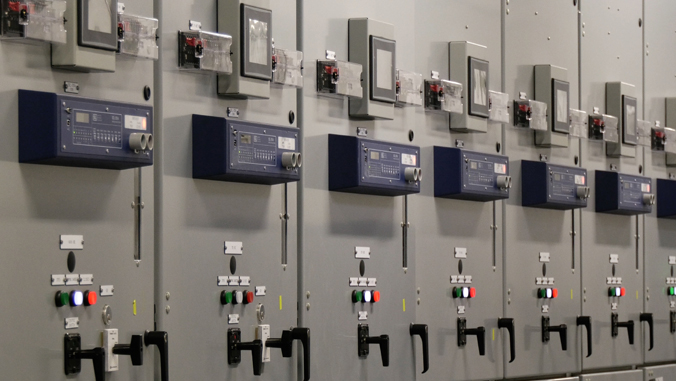
The University of Hawaiʻi is using new energy metering and data analysis from Blue Pillar through funding from Elemental Excelerator.
The UH Office of Sustainability and Office of Energy Management are working with teams to deploy meters and system integration at campuses across the islands. The meters work in concert with Blue Pillar’s data and control system that monitors different types of networks. This gives UH officials up-to-date information on utility substations, electric sub meters, building automation systems and solar photovoltaic energy generators.
The project will boost UH’s effort to reach net zero energy usage by 2035.
Blue Pillar’s technology will help collect more than 2,600 new data points every second for UH’s Office of Energy Management to manage energy needs and usage from multiple buildings into one system.
“There’s a certain level of complexity in the different protocols and languages that these systems usetalk, —some of them are 30 or 40 years old, some of them are brand new and have internet technologies—, but a campus like this has all of that. So, you need a platform that is flexible,” said Eric Reichel, Blue Pillar’s project lead and vice president of customer success.
“The importance of having that data is you can’t manage what you can’t measure,” said Miles Topping, director of energy management at the UH Office of Energy Management. “These new meters and database system allow us to track not only how much is being consumed into each building and each process, but when is it being used, which is important when you’re trying to manage your energy and your energy cost.”
Elemental Excelerator is a Honolulu-based nonprofit that helps fund start-up projects, such as Blue Pillar’s, that are tackling issues including energy, water, agriculture and more.
“At Elemental Excelerator we’re excited about this specific project because it fits right into the University of Hawaiʻi’s clean energy goals,” said Aki Marceau, managing director of policy and community. “One of the things I like about this project is that it works with public sector institutions like the University of Hawaiʻi and improves energy efficiencies and access to data around energy systems for everyone including the students at UH.”
The system will be scaled to monitor all of the major buildings on UH campuses and integrate future systems.

